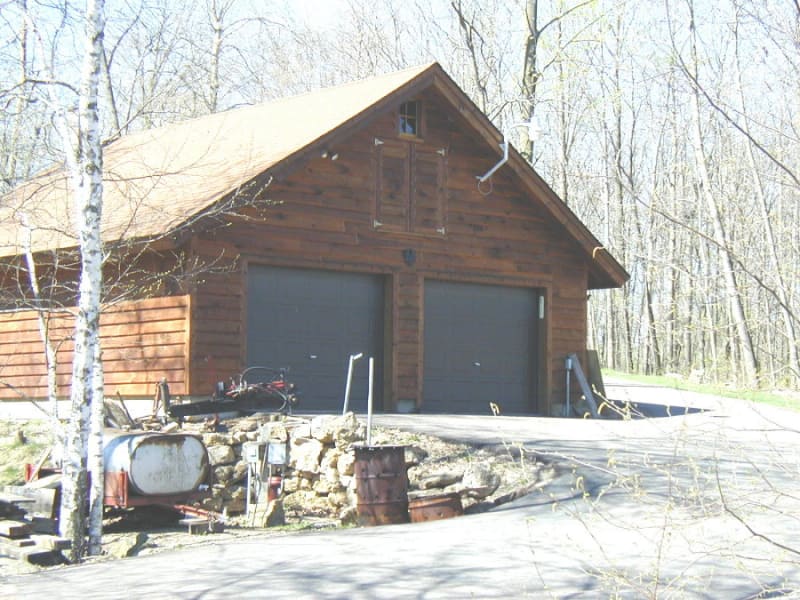How far from a boulder retaining wall should a garage slab be?
Navigation
Install the app
How to install the app on iOS
Follow along with the video below to see how to install our site as a web app on your home screen.
Note: This feature may not be available in some browsers.
More options
Style variation
-
Congratulations TugboatEng on being selected by the Eng-Tips community for having the most helpful posts in the forums last week. Way to Go!
You are using an out of date browser. It may not display this or other websites correctly.
You should upgrade or use an alternative browser.
You should upgrade or use an alternative browser.
Distance from Retaining Wall to Garage Slab 1
- Thread starter NateNH
- Start date
- Status
- Not open for further replies.
-
1
- #2
It depends on a few facts. Is the wall sloped back in front? How thick front to back at bottom? Are there roof snow loads carried to the slab? Nearest car load to wall? Slab thickness and strength? For a wall with base width at least 1/3 the height and face sloped back at least 20 degrees and a slab that will carry roof loads and no car within wall height from wall face edge, Slab edge 2 to 3 feet from wall face, my garage at my cabin has held for 20 years plus. 5" slab, thickened edge (10 inches), 5" slump 5 bag mix concrete. Wire grids in slab. Sawed joint down center. Wall 5 feet high. Built on side hill 20 degree slope. Wall backfill compacted gravel pit cover strippings (clay, gravel, sand mix).
BridgeSmith
Structural
oldestguy, isn't there a theoretical angle for where the zone of influence ends, where the vertical pressure from the slab no longer produces horizontal pressure on the wall? I seem to remember it was something like 45 + phi / 2 (in degrees). Is that not applicable for this situation?
There are many factors, some of which we guess as to effect, such as cohesive effect of the backfill, native soil shear strength, bending resistance of the slab, so I'd not try to compute anything. Just, in my case, by experience that works. Chances are my job was over built by a lot, but who knows.
- Thread starter
- #7
This garage was built on compacted fill. Part of the fill was held back by the wall shown. Two other buildings on same side hill all built on compacted fill held back by same type of wall. Job in Wisconsin with snow loads on roofs. SORRY SAME FILE NUMBER BUT WORNG PHOTO. CAN'T DELETE IT.
- Status
- Not open for further replies.
Similar threads
- Question
- Replies
- 7
- Views
- 1K
- Replies
- 4
- Views
- 8K
- Replies
- 32
- Views
- 30K
- Question
- Replies
- 7
- Views
- 7K
- Question
- Replies
- 10
- Views
- 9K

